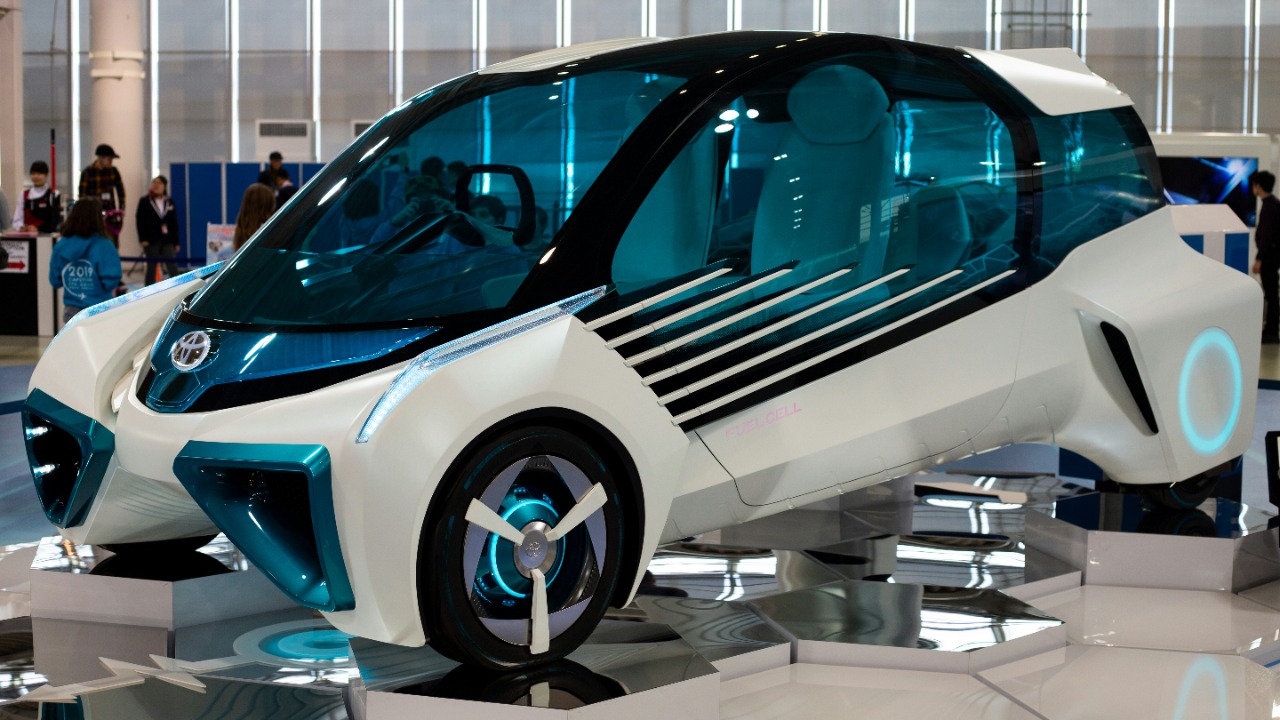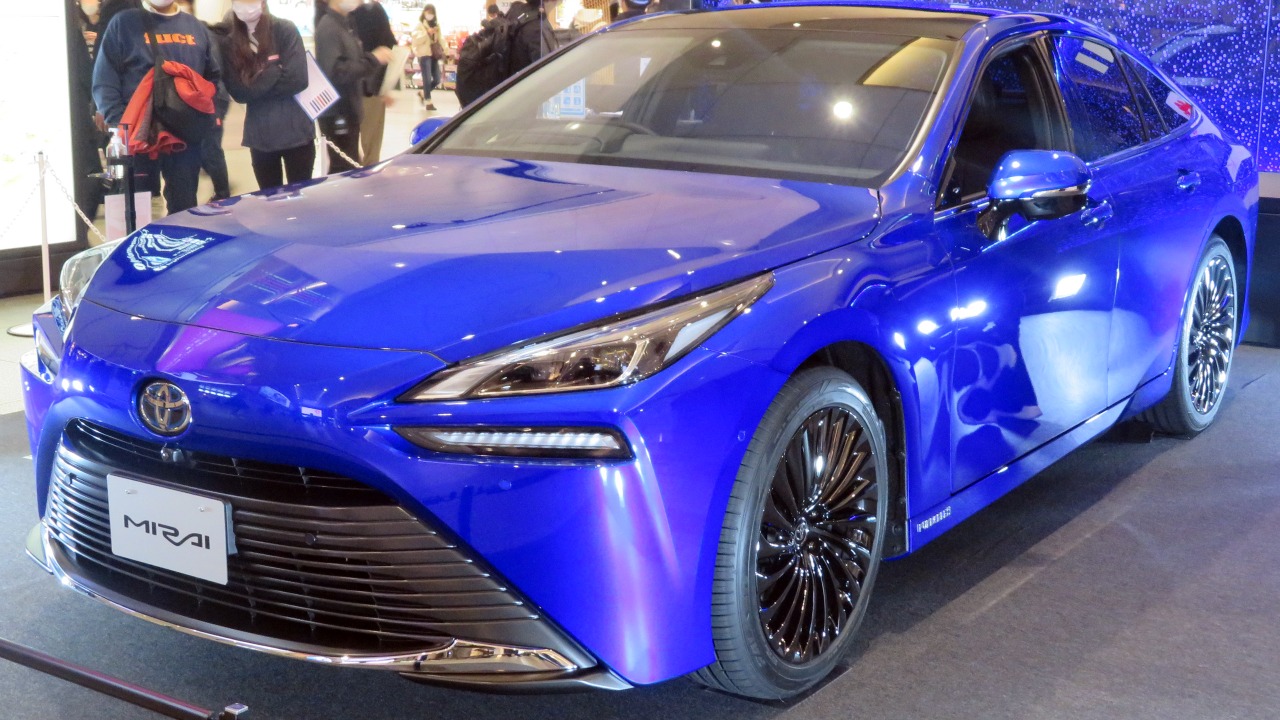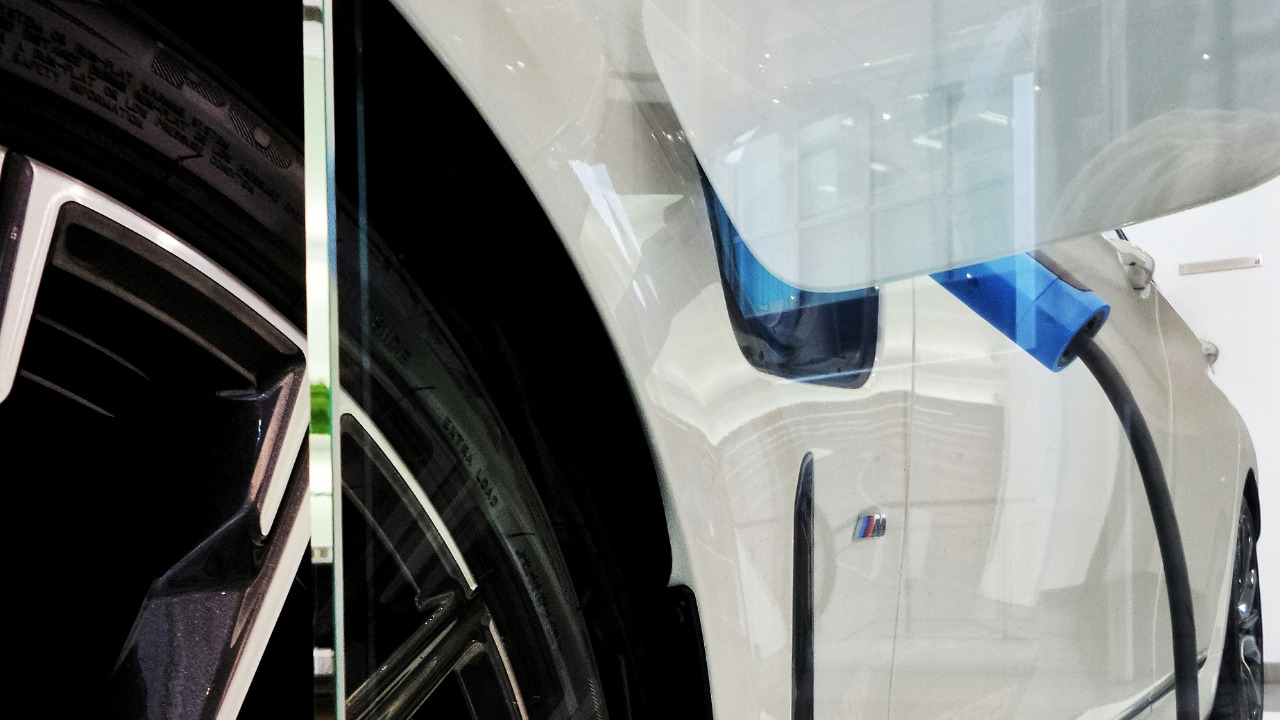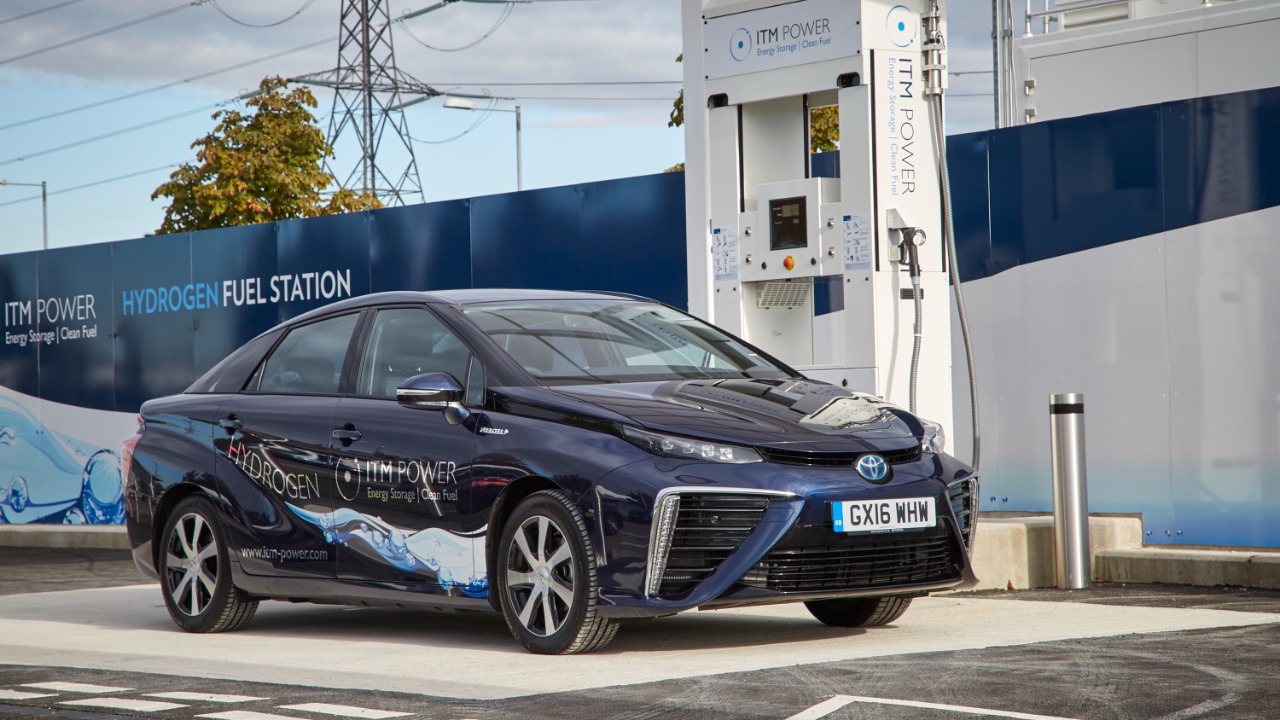
The automobile industry is on the verge of a transformation. A US-made hydrogen car offers a game-changing fuel cell life of a staggering 200,000 hours. This radical development sets the stage for an exciting era in sustainable transport, powered by innovative hydrogen fuel cell technology.
The Innovation: Setting a New Standard for Hydrogen Fuel Cells

The remarkable fuel cell life of 200,000 hours is a breakthrough in hydrogen fuel cell technology. This extraordinary leap was made possible by using scandium in the fuel cells. Scandium is a rare earth metal that enables low-temperature hydrogen fuel cells to function effectively. Its role in this innovation cannot be overstated, as it allows for more efficient energy transfer, leading to longer fuel cell life.
The research and development process at UCLA has been instrumental in achieving this milestone. The team’s relentless pursuit of innovation has led to the creation of a fuel cell that can outperform traditional ones by a significant margin. The research at UCLA represents a major stride in the development of sustainable energy solutions.
The Impact: Paving the Way for Clean, Long-Haul Trucking

This groundbreaking technology has the potential to revolutionize long-haul trucking. Currently, the industry relies heavily on diesel fuel, which is notorious for its detrimental effects on the environment. With the 200,000-hour fuel cell, trucks can run on clean hydrogen fuel for longer periods, dramatically reducing their carbon footprint.
Beyond the trucking industry, adopting hydrogen fuel cell technology has far-reaching environmental benefits. It can significantly curb carbon emissions in the transportation sector, which is one of the largest contributors to global warming. The potential of this innovation to transform the industry and promote a greener future is immense.
The Implementation: Toyota’s Venture into Hydrogen Fuel Cell Technology

Toyota, a leading auto manufacturer, has already taken initiatives towards adopting this technology. In a bid to reduce carbon emissions, Toyota plans to use hydrogen port trucks. The company’s venture is a significant step towards a cleaner and greener future.
While Toyota’s initiative sets an example, the wider adoption of this technology by other auto manufacturers is key to realizing its full potential. The transition, however, is not without its challenges. Issues such as the production, storage, and transportation of hydrogen need to be addressed. Despite these hurdles, the opportunities that hydrogen fuel cell technology presents are substantial and worth pursuing.
The Implications: The Future of Hydrogen Fuel Cells in the Automotive Industry

The role of hydrogen fuel cells in the future of the automotive industry is set to grow. With advancements like the 200,000-hour fuel cell, the appeal of hydrogen as a fuel is steadily increasing. It’s not just limited to the automotive industry; it could extend to public transportation and logistics as well.
This innovation could also position the US at the forefront of the green energy revolution. The US-made hydrogen fuel cell is a testament to the country’s capabilities in technological innovation and sustainable energy solutions. It serves as a beacon for other nations in the global pursuit of sustainable energy.
The Insights: Lessons from the Breakthrough

The key factors contributing to this technological breakthrough range from innovative research and development to the effective use of scandium in fuel cells. These factors underscore the importance of continuous innovation and research in the field of sustainable energy. The breakthrough serves as a reminder of what can be achieved when ingenuity meets persistence.
Moreover, other industries can learn valuable lessons from this advancement in hydrogen fuel cell technology. It demonstrates that sustainable solutions can be both efficient and effective. The breakthrough unveiled by UCLA serves as inspiration for industries across the board to strive for sustainability without compromising on performance.